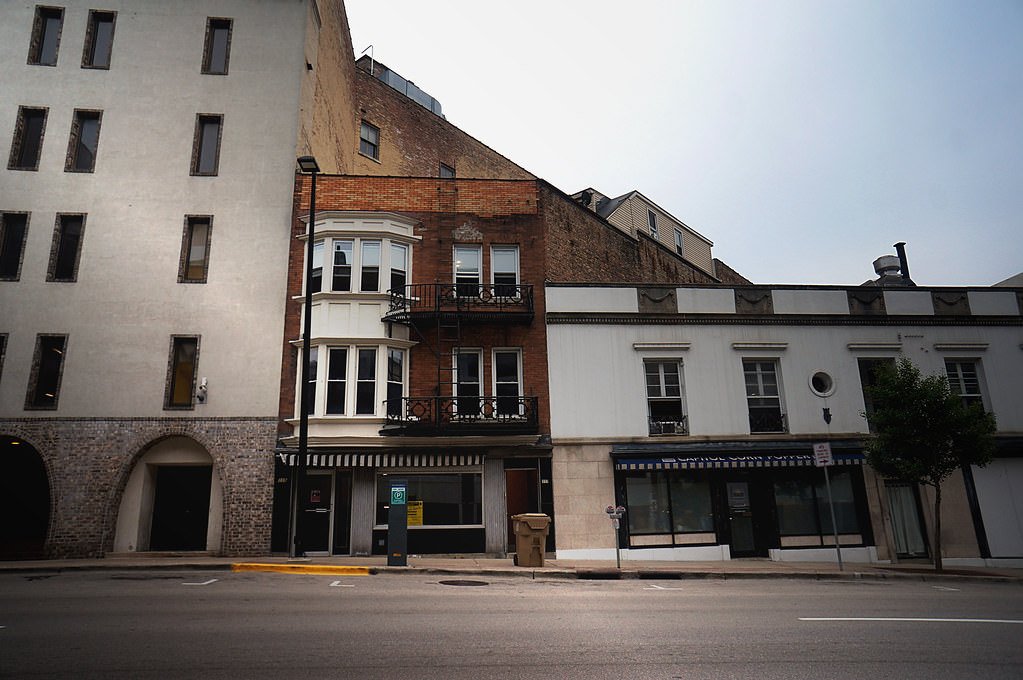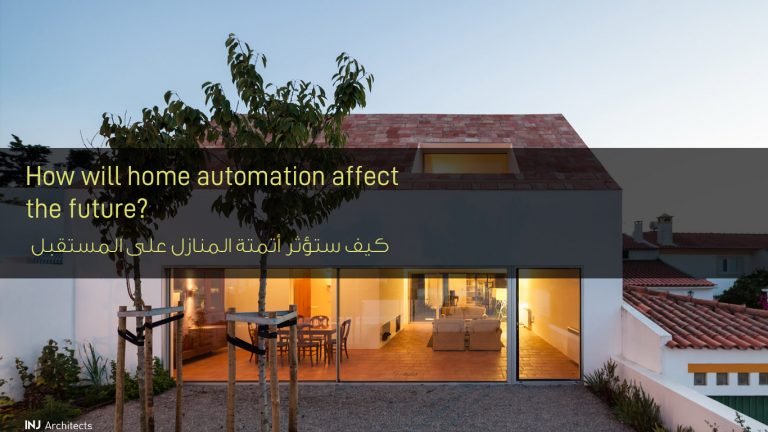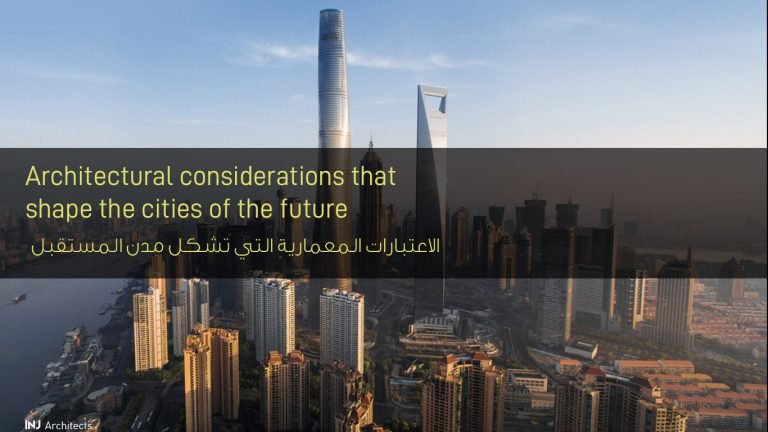Informal buildings and their impact on the individual and society
Informal buildings and their impact on the individual and society
By informal buildings, these are buildings that are free of basic services and are found in clusters that lack the lowest levels of comfort, safety, service, health, and spread epidemics, crimes, and other things that any residential community must miss, as their buildings grow in a manner that is not consistent with the urban fabric of cities and contrary to all foundations And the urban regulation laws in force in any country. According to the United Nations, slums are defined as heavily crowded urban areas with lower standards of housing and living, and these areas range from floor buildings in some places to housing made of tin
It is considered to be “illegal areas”. Where the word “illegal” represents more than one shape and image, such as:
- The ownership of the land is not legally registered.
- The area is inconsistent with the organizational chart and land use.
- Incompatibility with the planning foundations.
- The buildings or dwellings are built in a way that does not comply with the building principles.
Most countries suffer from the phenomenon of indiscriminate housing due to the increasing growth of the population for many reasons, including migration from the countryside to cities or because of wars or environmental disasters that cause massive population migration, which causes a huge population increase, and the homeless population abounds, which compels them to live in empty lands. It is called Informal buildings or shanty houses, which are free from everything that helps human life to continue satisfactorily.
And indiscriminate buildings constitute a hindrance to development, a focus of social, health and security problems. The slums have become closed areas, difficult to control by the security services, and this phenomenon has been linked to a high crime rate and the spread of illegal economic activities.
Usually, those planning and constructing informal housing by the people themselves will be on agricultural and desert lands or state lands. These lands are often on the outskirts of the city and they are not planned and not subject to regulation and no building is permitted on them.
According to United Nations estimates, today about 800 million people (about 11% of the world’s population) live in residential areas, which makes the problem of Informal buildings one of the most important problems that the world suffers today.

The history of the appearance of Informal buildings
It is believed that the phenomenon of slums buildings began to emerge as a real problem in the eighteenth century, where it is believed that the “five points” area that was established in New York City in the American city in 1825 is the first large random housing groupings.
After that, the phenomenon began to spread around the world, to constitute a major problem today in developing countries and third world countries, while continuing.
By the twentieth century, countries had eliminated most of their slums, replacing them with better-suited government housing.
However, some random neighborhood cases still exist and in some developed countries, with increased prevalence in Central and South America, the Middle East, Southeast Asia and India.
Reasons for the phenomenon of Informal buildings
With the diversity found in the nature and location of slums around the world, they possess basic causes, and although these reasons do not apply to all of these areas, they are all due to several reasons. The most important of these are:
1. Social exclusion
It is a practice of social discrimination against certain groups on the basis of class, ethnic or religious reasons as many slums are
2. Social conflicts
Civil and sectarian wars play a large role in the displacement of individuals leading to the emergence of Informal buildings in multiple places.
3. The spread of poverty and its consequences
Because slums are significantly less expensive than organized construction, they are a target for the poor who cannot afford to live in.
4. Migration from the countryside to the cities
The major transformation of the global economy towards industry and services, coupled with a decrease in the need for large labor in agriculture due to the advancement of technology – has led to an increasing migration from rural areas towards major cities.
Risks of Informal buildings
Due to the semi-poor infrastructure and the few services in the informal settlements, in addition to the severe congestion and high population density in them, the informal settlement areas represent major dangers for its residents mainly and society in general. Below are some of the most important dangers of unemployment, the spread of violence and crime, natural and human disasters, the spread of disease and epidemics
Solutions of the random Informal buildings
Although the problem has existed for more than two centuries, most of the proposed solutions are still not sufficient, as most of them address symptoms, not causes.
Here are some solutions that have been tried to get rid of the problem of random buildings and neighborhoods:
1. Completely remove slums
The proponents of this approach depend on the fact that most informal settlement areas are owned by governments, public or private entities, so that residents often do not have any right to own them.
This solution can deal with the problem of random housing in a superficial way, as it does not solve the causes in addition to causing itself with subsequent problems due to the loss of many of the poor places to live.
2. Slum development
This solution depends on the introduction of basic services such as water, electricity, sanitation and transportation to the slums.
This solution provides services to the population and greatly improves the nature of life, but it is ineffective in reducing the phenomenon.
Rather, it sometimes causes them to increase, as new arrivals to informal settlement areas become aware that these areas will enjoy basic services.
3. Resettlement
This solution involves moving residents from slums to semi-urban areas with low-cost housing.
Despite its effectiveness in this regard, the problem stems from its disregard for the fact that the residents of the slums depend on these neighborhoods for work and social life.
4. Public housing
This method is used in areas of informal buildings built on valuable lands and without building floors.
The method is to remove slums and then build modern multi-storey buildings to accommodate the residents on the one hand, and on the other hand leave places available for investment in the region so that the project is profitable for either the slum residents or investors.
In the end … random housing is a major demographic problem in the Arab region today, and it is absolutely necessary to search for effective and local solutions for it to avoid its dangers.
Read also: How to properly design and build a kitchen







